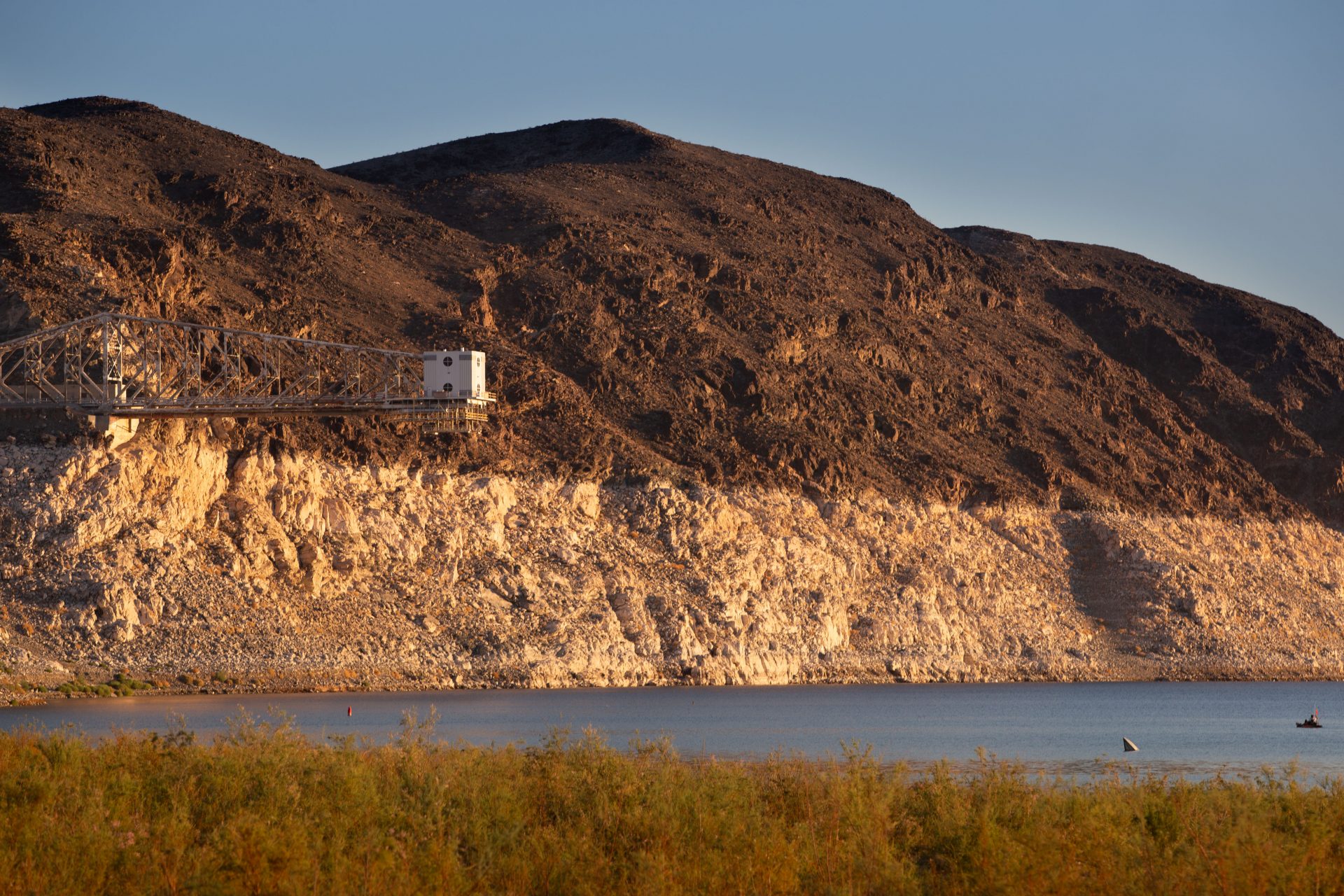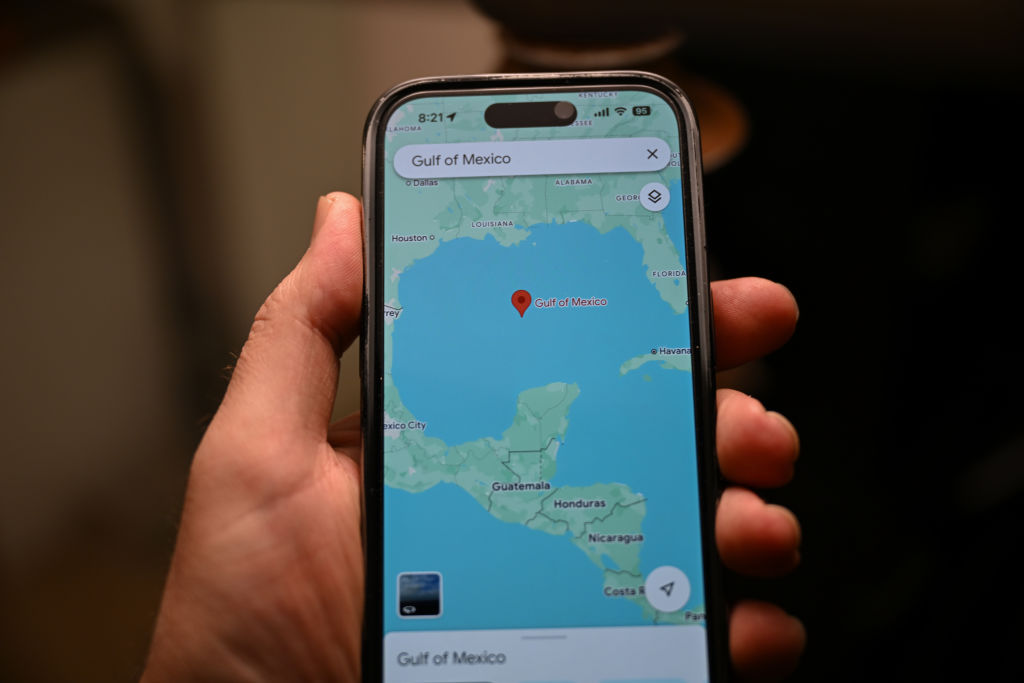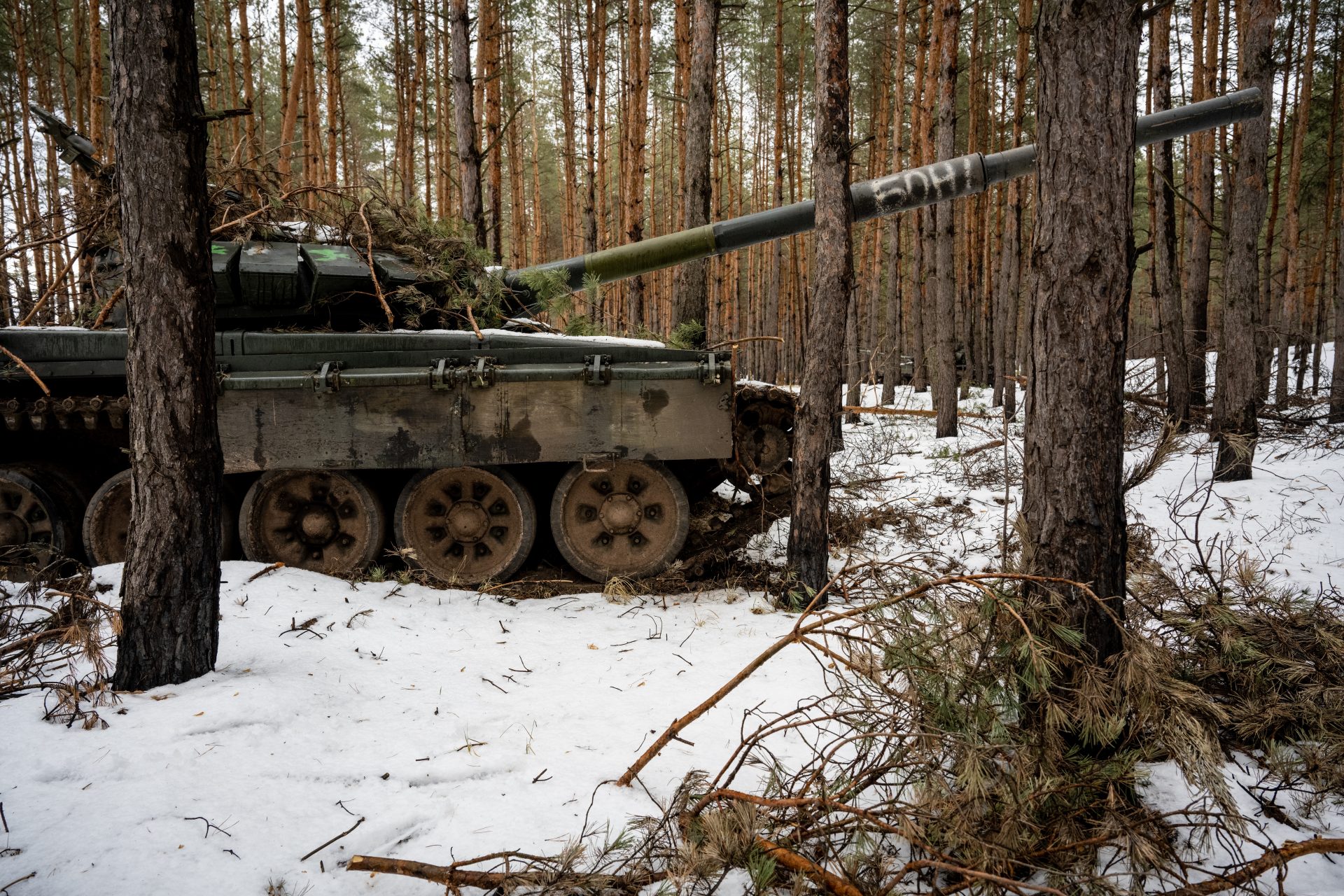Lake Mead water levels highest yet this year
Thanks to tropical storm Hilary, Lake Mead's water levels are at the highest point yet this year. According to the information obtained by Lake Levels and several media outlets, Lake Mead is currently at 1,063.95 feet above mean sea level.
After nearly a year of hearing bad news about Lake Mead's declining water levels, Nevada residents finally have new hope.
As the record snowpack from this past winter in the southwest continues to melt, the water levels at Lake Mead have continued to rise. Per Newsweek, on June 5th, water levels at the Colorado River reservoir were at 1,054.42 feet.
Newsweek spoke to Jennifer Pitt, the Colorado River Program Director for the National Audubon Society, who said, "This past winter, Mother Nature provided some relief for the Colorado River with bountiful snowpack in the Southern Rocky Mountains."
Pitt continued, "This summer, as snowmelt finds its way into reservoirs, Lake Powell is expected to rise 65 feet and Lake Mead is expected to rise 10-15 feet."
The increase in water levels at Lake Mead began in late April, thanks in part to the Bureau of Reclamation releasing a tremendous amount of water from Lake Powell. The much-needed water helped Lake Mead recover slightly from a year of drought.
Thankfully, the water levels at the Colorado Reservoir are now marginally higher than they were one year ago. Last year the water levels reached the lowest level seen since the 1930s, with the water line at a mere 1,040 feet.
However, Nevada residents still need to be careful about their water use. Experts warn that this increase in water levels is most likely temporary and many fear that during the next drought, the water levels will plummet once again.
Last year's drought in Nevada caused Lake Mead to begin to dry up, and water levels at America's largest freshwater reservoir reached critical levels after dropping over 50 meters or 164 feet.
Lake Mead is a lifeline for 25 million people, along with millions of acres of farmland not only in Nevada but in California, Arizona, and Mexico.
As temperatures in the area reached record highs over the summer of 2022 and snowpack melt decreased, the lake began tipping towards crisis.
According to the U.S. Bureau of Reclamation, the water level at Lake Mead, North America's largest artificial reservoir, has dropped to about 1,064 feet above sea level.
A "bathtub ring" left by mineral deposits can be seen on the rocky desert slopes as far as 164 feet from the retreating shoreline, leaving a visual record of the hundreds of feet the water level of the lake has receded over the years.
The water level at Lake Mead last year was the lowest it's been since being filled in 1937 after the construction of the Hoover Dam.
The historic drought that is drying up Lake Mead caught the media's attention when a barrel with a body was found in the spring of 2022.
The local police believed that the barrel was from the 1980s based on the personal items inside the barrel.
According to Lt. Ray Spencer from the Las Vegas Metro Police, it is believed that the individual inside the barrel was killed by a gunshot wound approximately 40 years ago.
While bodies appearing in Lake Mead is the most news-worthy, other surprises were unveiled by the declining water levels.
One unexpected item: a sunken World War II-Era Higgins landing craft reveled itself near the Lake Mead Marina.
This war relic used to be nearly 200 feet underwater and now it is plain sight. As the water has receded handguns, baby strollers, tackle boxes, old Coors cans and many other items have also been discovered.
After the discovery of a human body in a barrel in May of 2022, treasure hunters such as Matt Blanchard and Shawn Rosen have come to the lake to try their luck. The duo told The Washington Post, “We’re expecting jewelry,” Rosen said. “Where there’s bodies, there’s treasure.”
Even though water levels are now increasing at Lake Mead experts insist that the US government needs to start looking into real solutions and soon. If not millions of people could find themselves without water in the future.
More for you
Top Stories



































